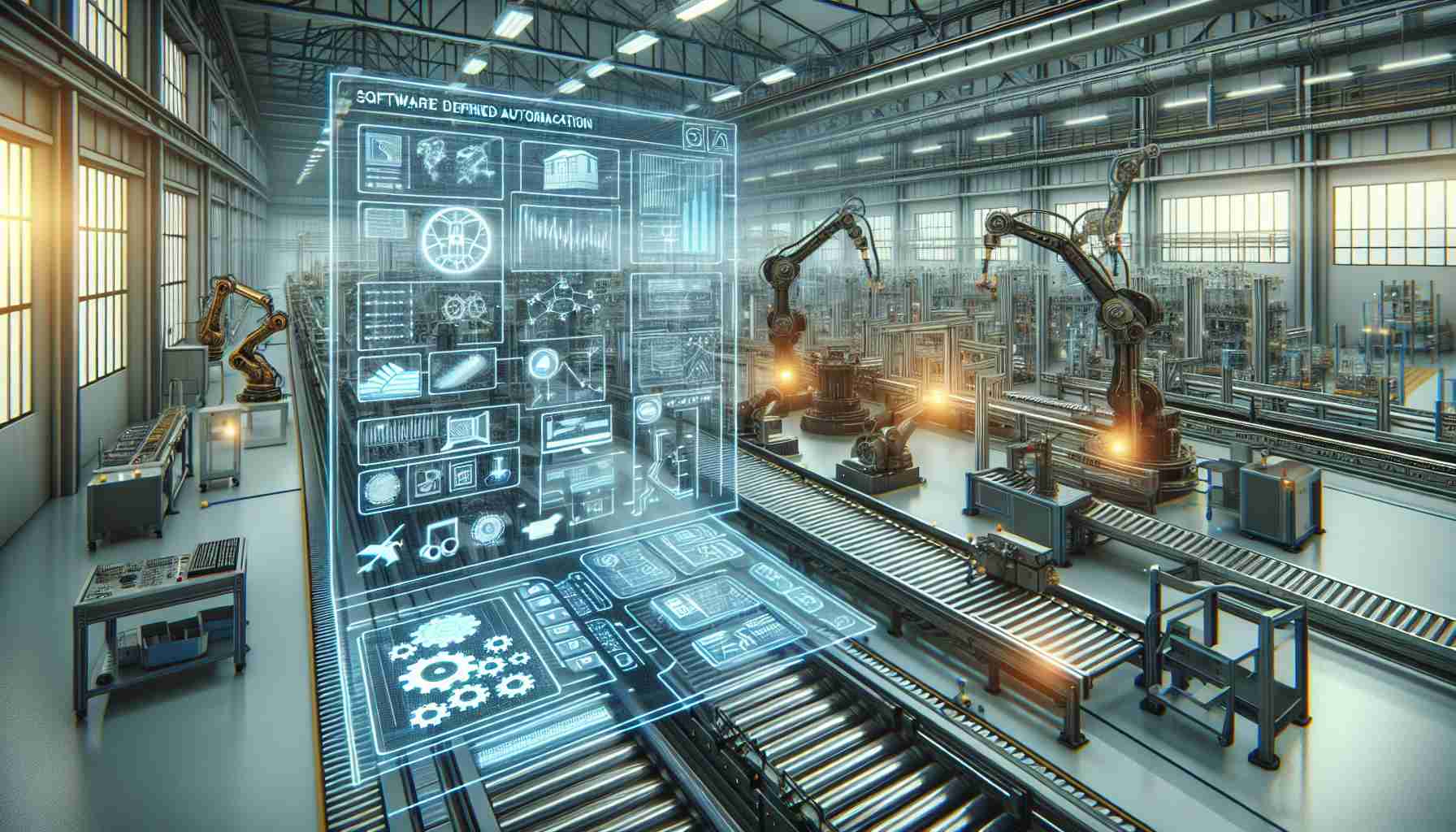From Virtualization to Digital Twins: Transforming Industrial Practices
In the realm of industrial automation, software defined automation (SDA) is reshaping the landscape, ushering in a new era of innovation and efficiency. Gone are the days of being tethered to proprietary hardware – SDA enables automation functions to operate across diverse platforms, embracing the concept of virtualization.
This shift towards virtualization empowers manufacturers to consolidate various components such as Programmable Logic Controllers (PLC), Human Machine Interfaces (HMI), and Industrial PCs (IPC) onto a single hardware platform. The advantages are manifold, ranging from streamlined processes to significant cost savings.
Furthermore, the integration of digital twins within the SDA framework amplifies operational efficiency. By creating virtual replicas of real-world objects and processes, manufacturers can simulate and optimize new tools and machines before physical implementation. This not only reduces errors but also accelerates time-to-market and commissioning processes.
Embracing SDA and leveraging digital twin technology are propelling industrial automation into a future where experimentation, testing, and optimization occur in the digital realm. The result is a more sustainable, cost-effective, and agile manufacturing industry that embraces innovation at its core.
Revolutionizing Industrial Automation: Unveiling New Dimensions of Software Defined Automation
As the realm of industrial automation continues to evolve, software defined automation (SDA) emerges as a pivotal player in revolutionizing traditional practices. While the previous article shed light on the transformative power of SDA and digital twins, there are additional fascinating facts and crucial aspects that deserve exploration.
Key Questions:
1. How does SDA impact cybersecurity in industrial automation?
2. What role does artificial intelligence (AI) play in enhancing SDA capabilities?
3. How are emerging technologies like 5G influencing the adoption of SDA in industrial settings?
Answering Key Questions:
1. SDA introduces new challenges in cybersecurity, as interconnected systems become more susceptible to cyber threats. Robust security measures and ongoing monitoring are imperative to safeguard industrial processes and data integrity.
2. AI algorithms within SDA systems enable predictive maintenance, anomaly detection, and performance optimization. By analyzing vast amounts of data in real-time, AI enhances decision-making and operational efficiency.
3. The high-speed, low-latency capabilities of 5G networks are reshaping industrial automation by enabling rapid data transmission and remote access. This paves the way for more agile and responsive SDA solutions in diverse industrial environments.
Advantages and Disadvantages:
SDA offers numerous advantages, including enhanced flexibility, scalability, and interoperability across heterogeneous systems. It enables seamless integration of new technologies and supports dynamic reconfiguration of automation processes. However, challenges such as compatibility issues with legacy systems, skill gaps in workforce training, and potential vulnerabilities in interconnected networks must be addressed to maximize the benefits of SDA.
Related Links:
– International Society of Automation
– Automation.com
By delving into the complexities and nuances of software defined automation, industrial stakeholders can unlock a myriad of opportunities for innovation, efficiency, and sustainability in the rapidly evolving landscape of automation technologies.
